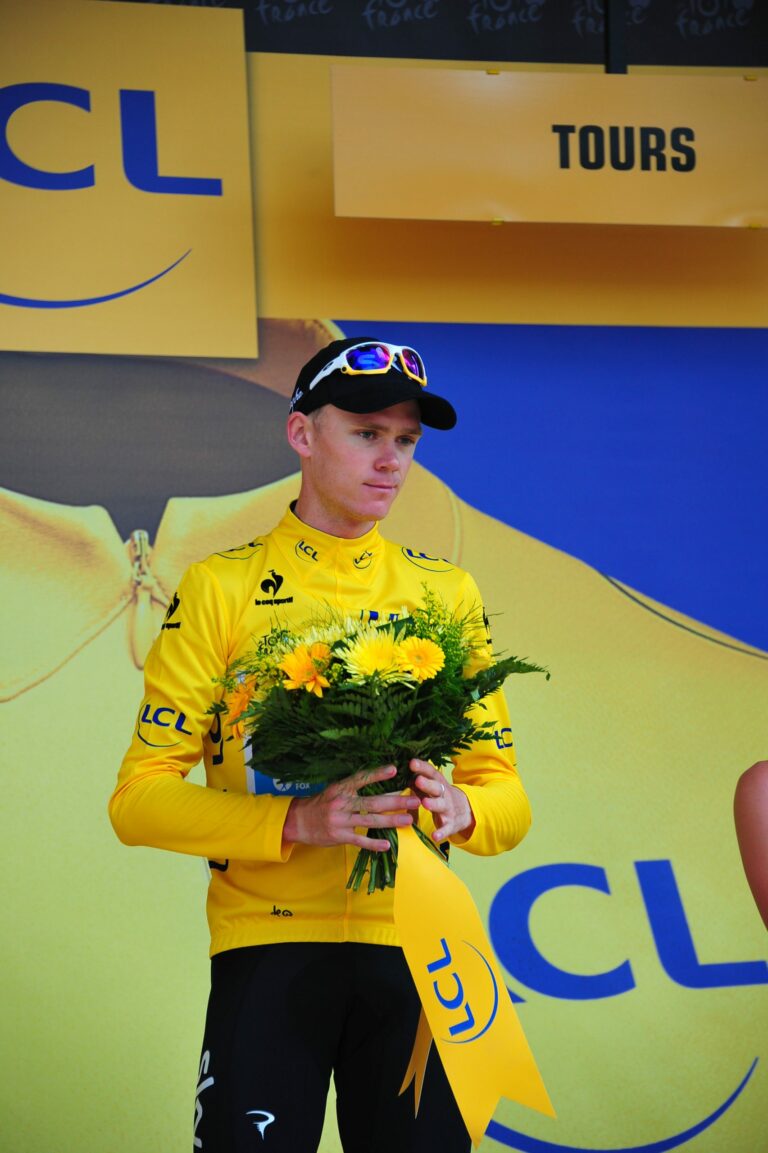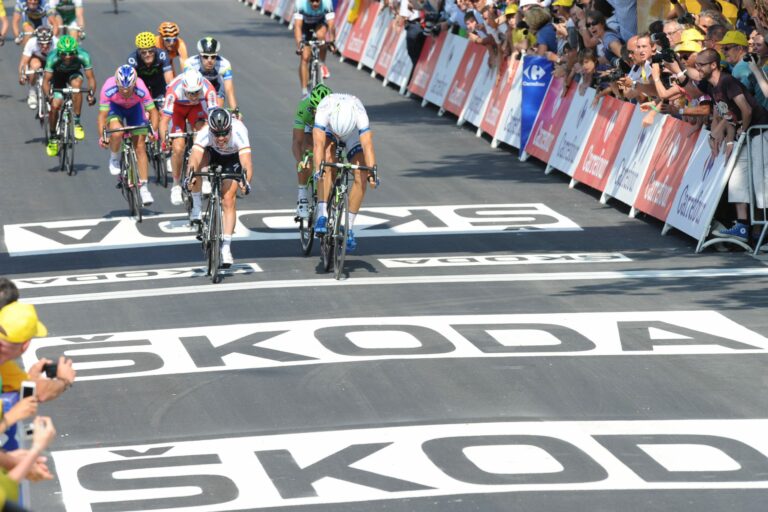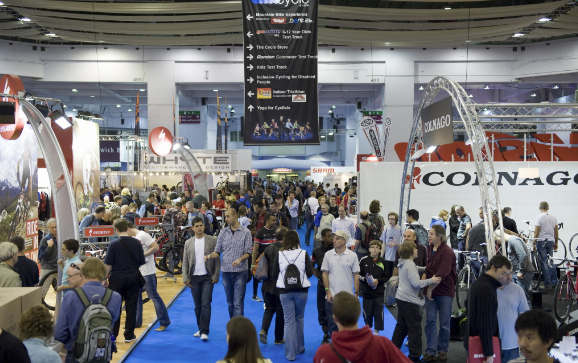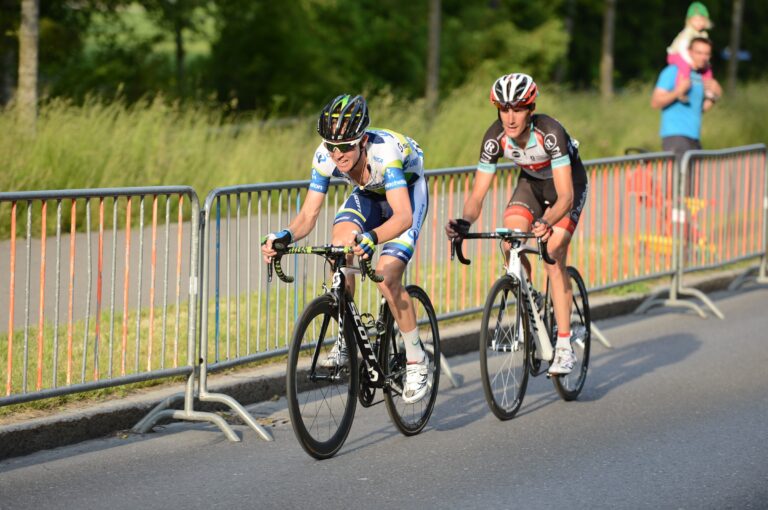*Ping!* An e-mail lands in my inbox from the ASO, organisers of the Tour de France and subsequently the Etape du Tour sportive, which I will be riding on Sunday July 7.
With a little more than three weeks to go, the e-mail – titled “the moment of truth” – details the 2013 Etape’s six categorised climbs: 3,600m of ascent packed into just 128km, and finishing with the 11km climb of the Semnoz, which rises to 1,655m at an average gradient of 8.5 per cent.

“Your thighs are going to burn,” it warns, comparing the climb to Mont Ventoux, which rises at a similar pitch. It’s enough to strike the fear of the cycling Gods into any Etape debutant so I fire off an e-mail to Mike Cotty, veteran of the 2006 and 2007 editions of the Etape du Tour, in which he finished 22nd and, after a mechanical, just outside the top 100.
Mike has ridden – no, raced – most of the Grand Trophee Series in France: the most infamous sportives on the calendar, including La Marmotte, La Morzine Vallee d’Aulps and the Granfondo Mont Ventoux.
Now he pitches himself against some of the toughest individual challenges in cycling, riding a 690km coast-to-coast route across the Pyrenees in 35 hours in 2011, while he is currently working towards his next big challenge.
He has also ridden much of this year’s Etape du Tour route. In short, he’s a man who knows what it takes to succeed at the Etape. Here are Mike’s tips for tackling the 2013 edition.

Route
Because there’s not a Galibier or Tourmalet, some riders have dismissed this year’s Etape. However, I was in Annecy recently so took the opportunity to ride the route and it’s a lot more challenging than it appears to be on paper. The Mont Revard is nearly 1,500m and the Semnoz was definitely getting the better of me by the top. Let’s not forget it’s only a couple of hundred metres lower that the summit of L’Alpe d”Huez so by no means a Sunday stroll in the park. Sure, it’s not a classic Etape du Tour, but it’s still a tough route – and very beautiful. It’s a good course for those who are riding their first Etape before perhaps moving onto a more difficult challenge like La Marmotte.

Nutrition
An event like the Etape requires a well thought out nutrition strategy. The Alps can be very hot in the summer and you will need to drink more than you think. Eat little and often, and aim to take in around 90g of carbohydrate per hour. If you haven’t already planned your nutrition strategy, do it now. Work out what you’re going to eat before, during and after the ride, and use products you’re familiar with.
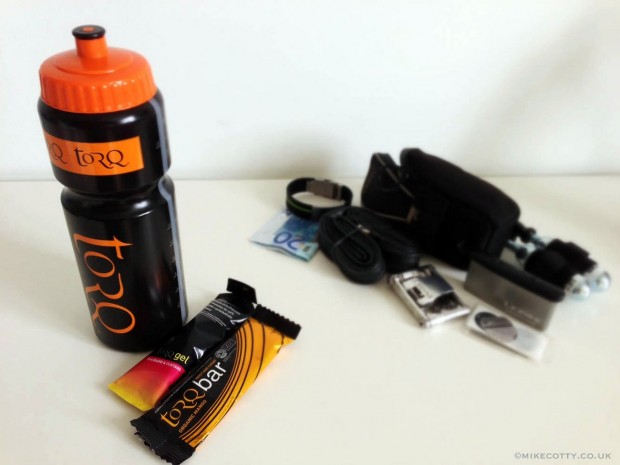
But there may be a time when your bottles are empty, you don’t have any energy products left and, rather than just stocking up on water at a feed station, you have to trust what the organisers have laid on. However, this year’s Etape is 130km – previous editions have been over 200km – so you will be able to take a lot of what you’ll need on your person.
The feed stations often have products that don’t come in a fluorescent packet, like dried apricots and bananas, and these are a reliable source of energy. Also, don’t spend too long at the feed stations. Take a breather, grab what you need and get back on the bike.
Pacing
The most valuable advice I can offer is to stick to a pace you’re comfortable with. So often I see guys race off at the start, riding at 23mph and putting themselves into the red before they hit the first climb, when they’ve got 130km ahead of them. Would you ride at 23mph for 130km in training? Pace your ride according to how you’ve trained.

Don’t worry about what anyone else is doing – ride your own event. If you get to the bottom of the Semnoz and you’re feeling good, then you will pass a stack of riders who are on their knees on the way up. That’s great for motivation and you can concentrate on emptying the tank – you’ll post a better time. On my second Etape ride, I needed to change a wheel at one of the neutral service stations, and lost nearly 45 minutes but, on the final climb, I was going past riders who I’d been with earlier in the day because they’d gone too hard and were completely burnt out.
A lot of people get carried away but you have to ride with tunnel vision to work within your limits, whether that be power, heart rate or feel. Sure, there will be times when you have to push yourself into the red, and it’s worth getting into a good group on the valley roads as you’ll easily save a couple of mph, but know your limits, sit in and don’t be so proud that you feel like you have to take a long turn on the front.
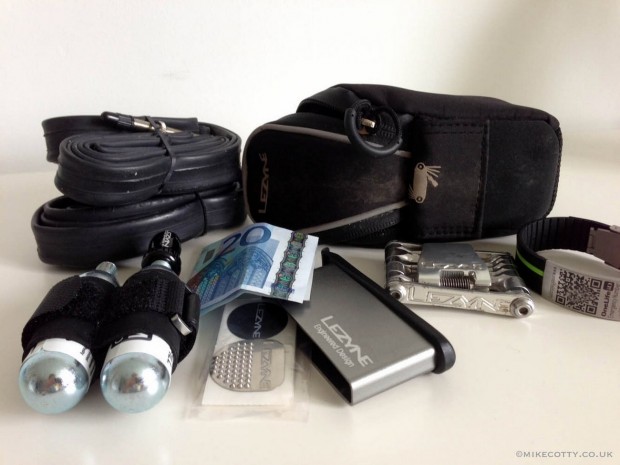
Equipment
I was using a 39t inner chainring when I rode the Semnoz and that was too big for me. I like to spin a small gear to keep a high cadence but that was tough as there are some steep pitches on the Semnoz. I would recommend a 34t chainring and a 28t cassette as insurance – you may be thankful for it.
Now is the time to get your equipment in top shape. If you’ve been thinking about changing your brake cables – do it. I always fit new tyres in the run-up to an event. Get your kit right, think about what you’re going to wear on the day, and in what conditions. Get your bike serviced. You don’t want to shell out on an event like the Etape and then be let down by a mechanical. Get your equipment sorted a couple of weeks in advance, ride it, and make sure you’re happy with it.

One thing a lot of people always forget is sun cream. The sun is very strong in the Alps and us Brits like to get burnt at the first available opportunity. You can buy small sachets of sun cream to take with you on the ride in your saddlebag.
Speaking of which, your saddlebag should contain the normal essentials: a couple of inner tubes, tyre patches and multi-tool, but also throw in some money, a form of identification and an extra gel – consider it your get-out-of-jail gel if you’re really suffering after the final feed.
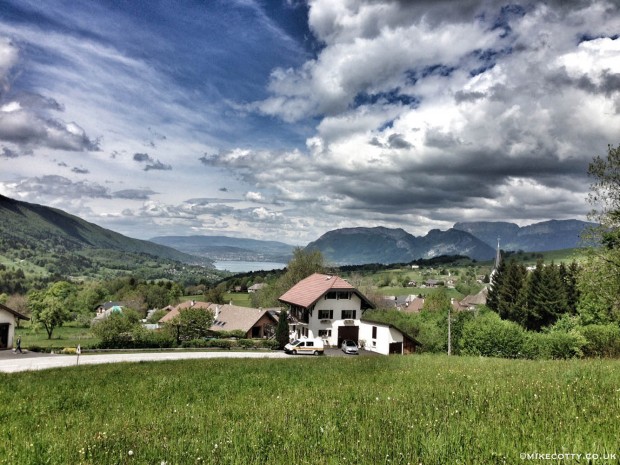
Training and tapering
The Etape is just over three weeks away so that realistically gives you just under two weeks of solid training before you want to think about cutting down your training load. You want to get in a couple more rides at a similar distance to the Etape but, because we haven’t got many mountains in the UK, try and go beyond 130km. The important thing is to replicate the amount of time you will be spending in the saddle. If you plan to ride the Etape in six hours, get at least one six-hour ride in over the next couple of weekends.
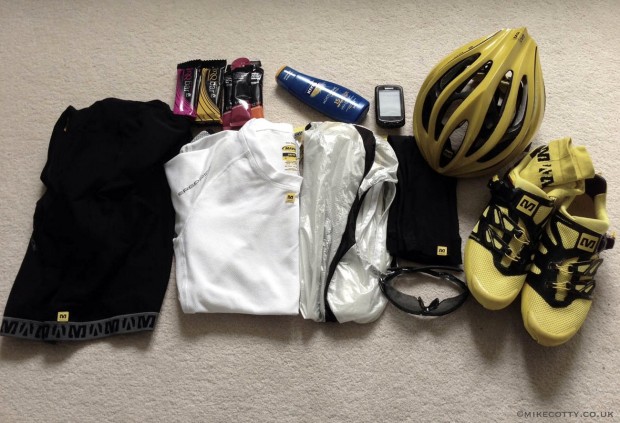
It’s important to go into the event fresh, but at the same time you don’t want to lose the edge you’ve developed in training over the past few weeks. The length of a taper varies from rider to rider but, for me, two weeks is a long time to spend not riding at a high volume. I would recommend that you begin winding down the amount of time you spend in the saddle over the last 7-10 days. You can still ride but for a shorter duration and at a lower intensity. In the week before the Etape make sure you are drinking plenty of water, getting plenty of sleep and eating the right food. Use that final week to prepare mentally and to get organised.
Website: www.mikecotty.co.uk
RoadCyclingUK’s George Scott is riding the Etape du Tour with Sports Tours International, who offer a comprehensive range of cycling tours and holidays, as well as packages to European sportives including the Etape du Tour, La Marmotte and the Paris-Roubaix Challenge.

